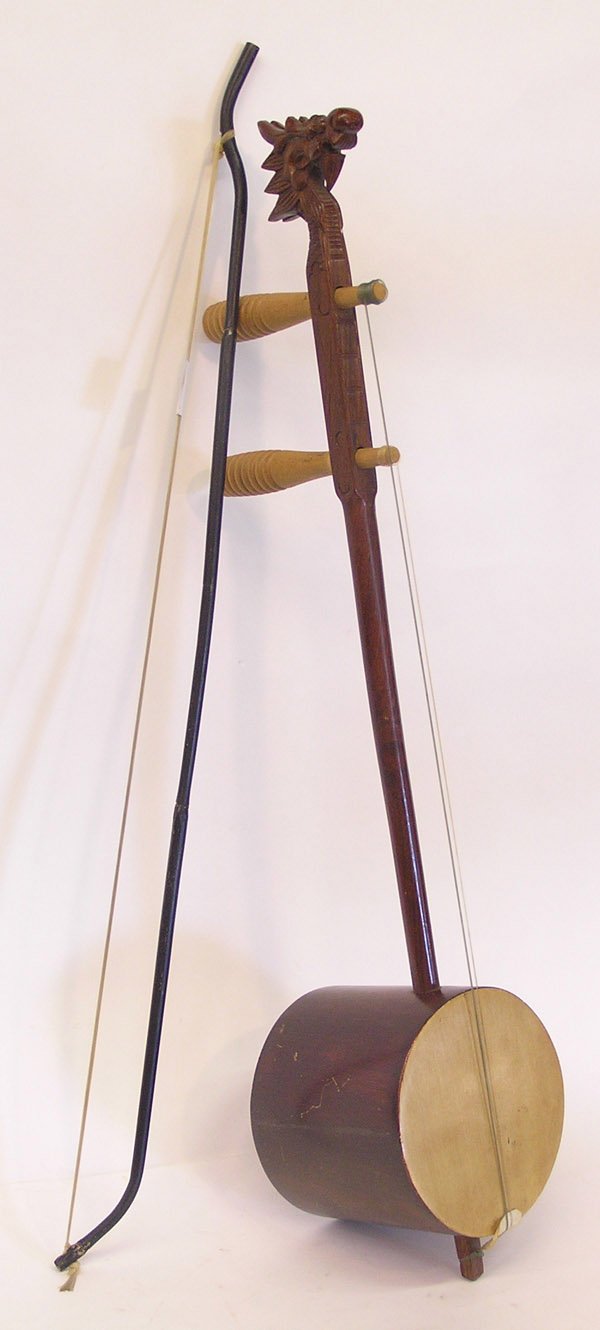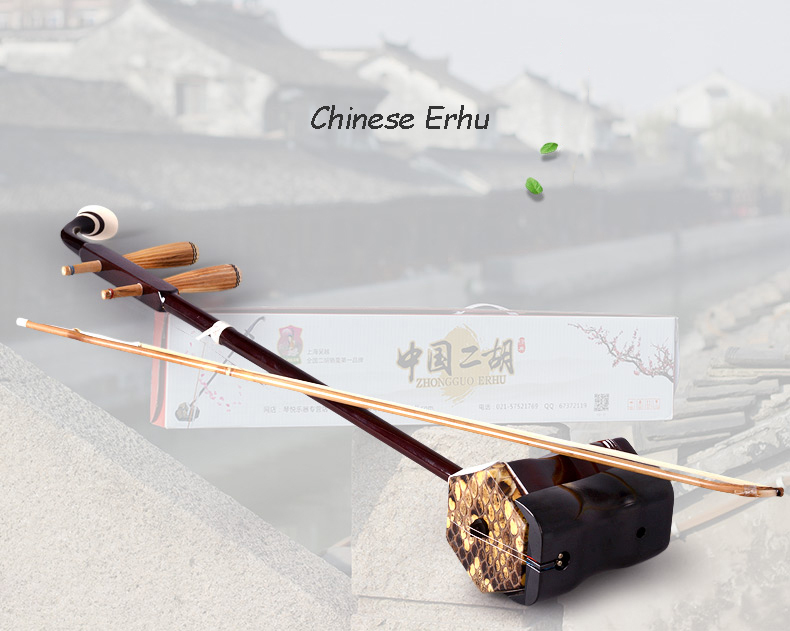

In a Chinese orchestra today, if the tune requires a higher pitch from a huqin, the composer will assign the parts to the gaohu and similarly parts with a lower pitch to the zhonghu.
#Chinese two stringed instrument skin
Since the time when it was first played, the huqin has developed and expanded into other variations such as the synthetic skin erhu, jing erhu, jinghu, yuehu, sihu, banhu and yehu. The erhu was originally an ensemble instrument, but has since developed advanced playing techniques and gained an extensive repertoire. With the emergence of classic erhu solo tunes by Ah Bing and Liu Tian Hua, the erhu gradually became the most iconic and representative of huqins. The erhu is part of the huqin family, and it was only during the early part of 1900s that the erhu became developed and standardized. The erhu does not have a fingerboard, which makes it more difficult to control the pitch, but at the same time allows for more dramatic expressions as well as a richer palette of tone colours. Photo about Open Chinese music concert in Temple of Heaven. It’s found in several cultures, like Russian, Ukrainian, and Belarusian music.

The Domra is a string instrument that belongs to the lute family. Let’s take a look at 15 traditional Russian musical instruments that are used in Russian folk music 1. Rosin is applied on the erhu bow and movement of the bow hair against the erhu strings produces the different sounds, through the different actions. However, over time, more sophisticated instruments were introduced. The erhu bow is made of bamboo and horsetail hair, though recently they like to dye the bamboo black. The erhu is played with the bow lodged between its two strings. The strings on the violin can also be made of silk in stead. The erhu has a soundbox (琴筒), a stem that goes through the soundbox (琴杆), tuning pegs (琴轴), strings (琴弦), qianjin (千斤), a bridge (琴马) and a bow (弓). Hugin are two-stringed instruments often made of rosewood, with gut strings and a horsehair bow. The erhu is termed er (second) hu (fiddle) not because it has 2 strings, but because it takes the secondary role to other instruments such as the banhu in Northern music, the jinghu in Peking opera, the gaohu in Cantonese music etc. Besides traditional erhu pieces, it is also able to play violin sonantas and concertos. Its playing technique is very versatile, capable of playing happy chirpy tunes, as well as producing the most sorrowful sounds. The erhu is definitely the leader of the huqins in the Chinese orchestra.


 0 kommentar(er)
0 kommentar(er)
